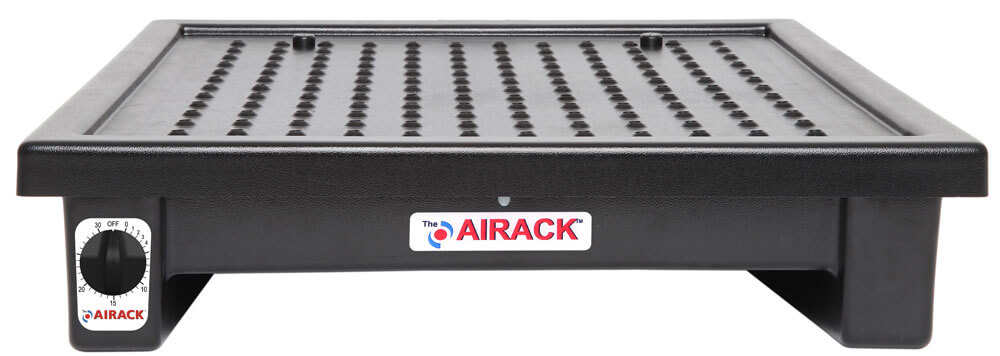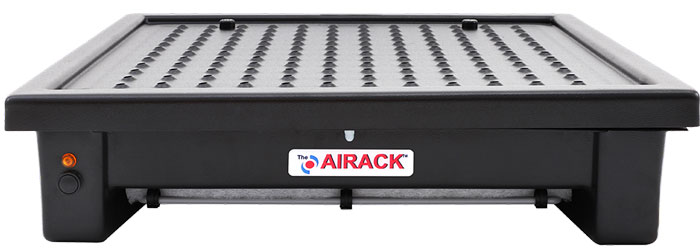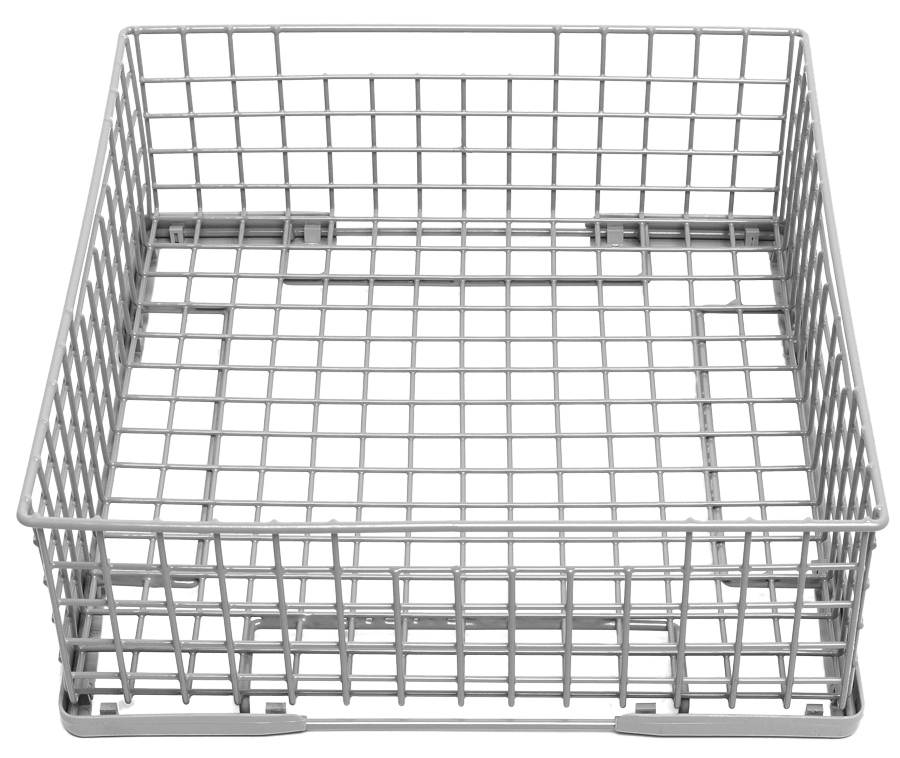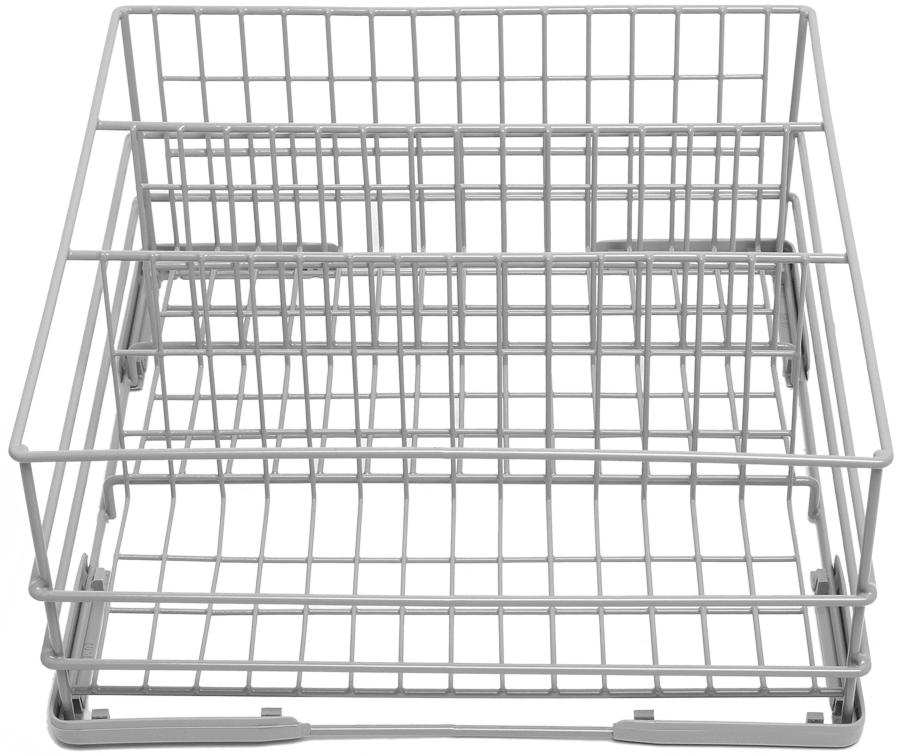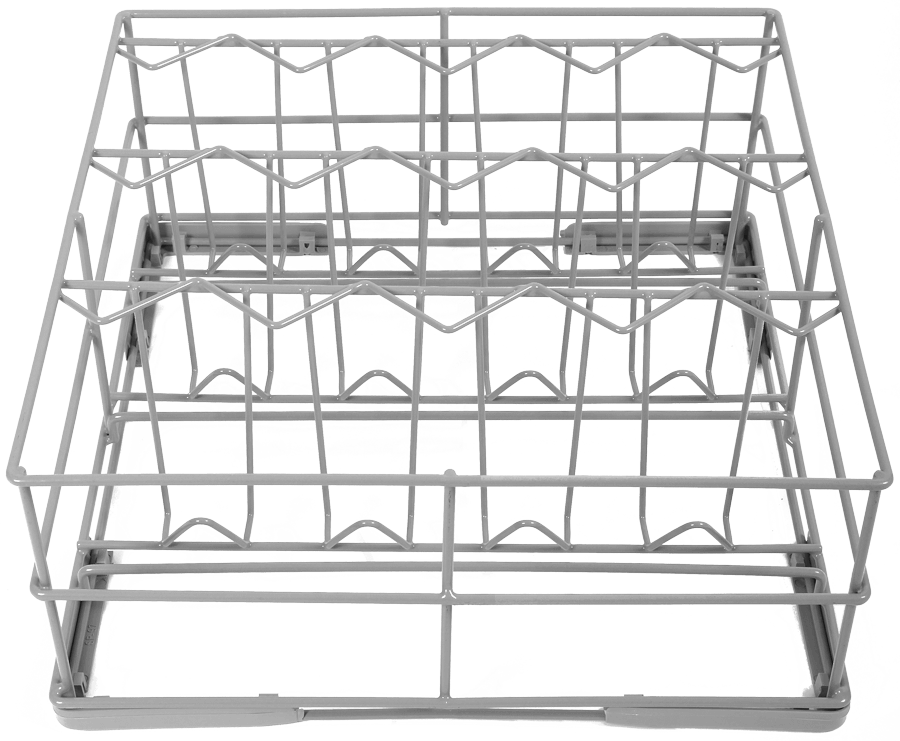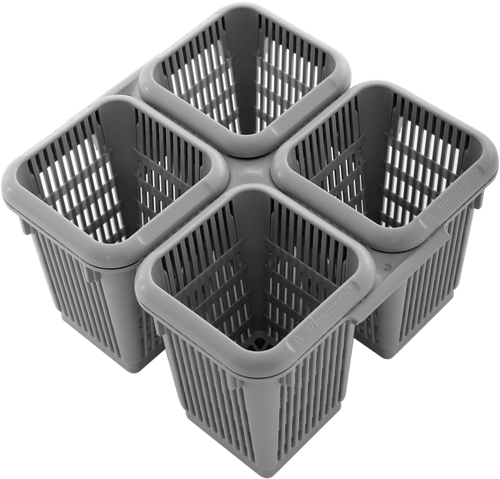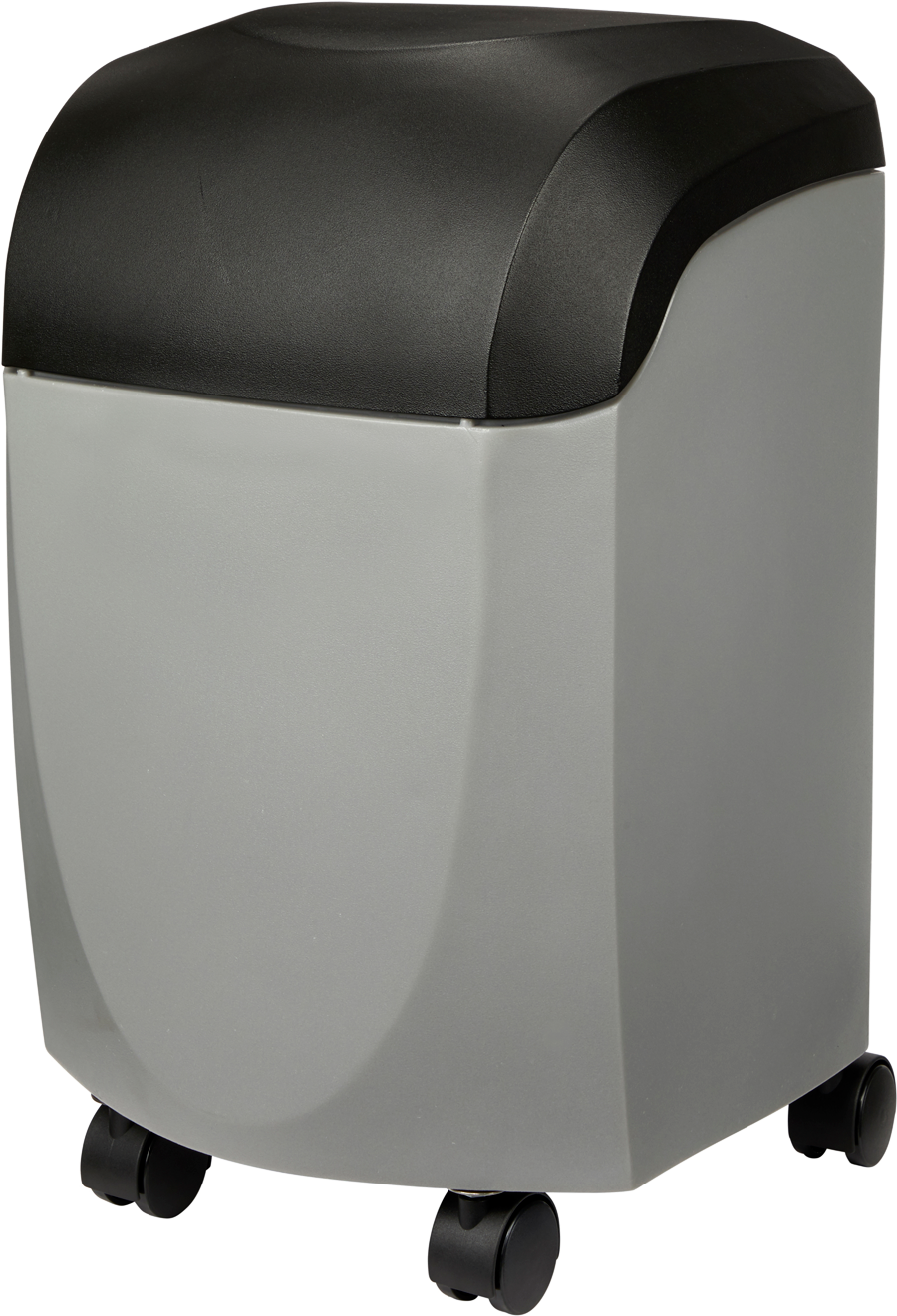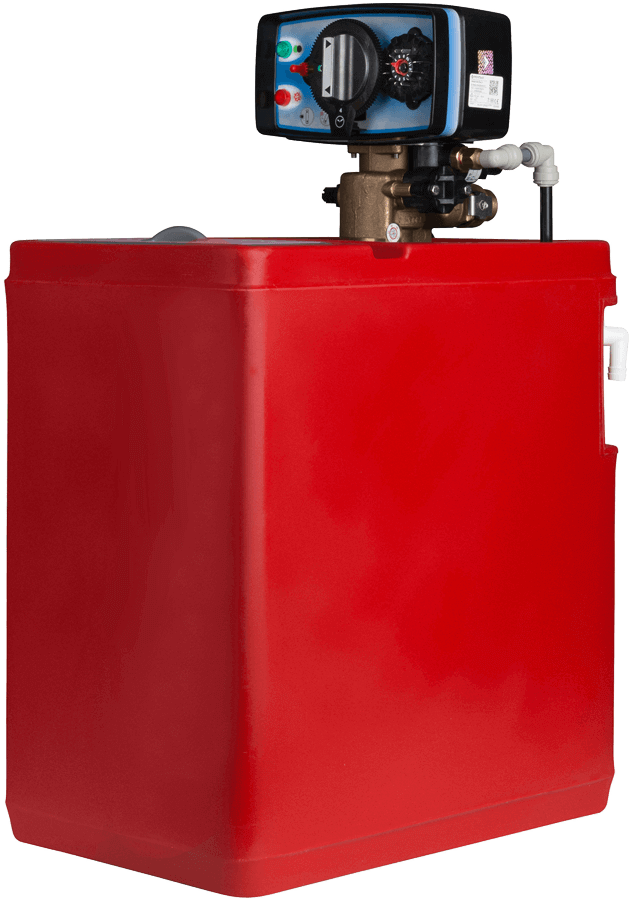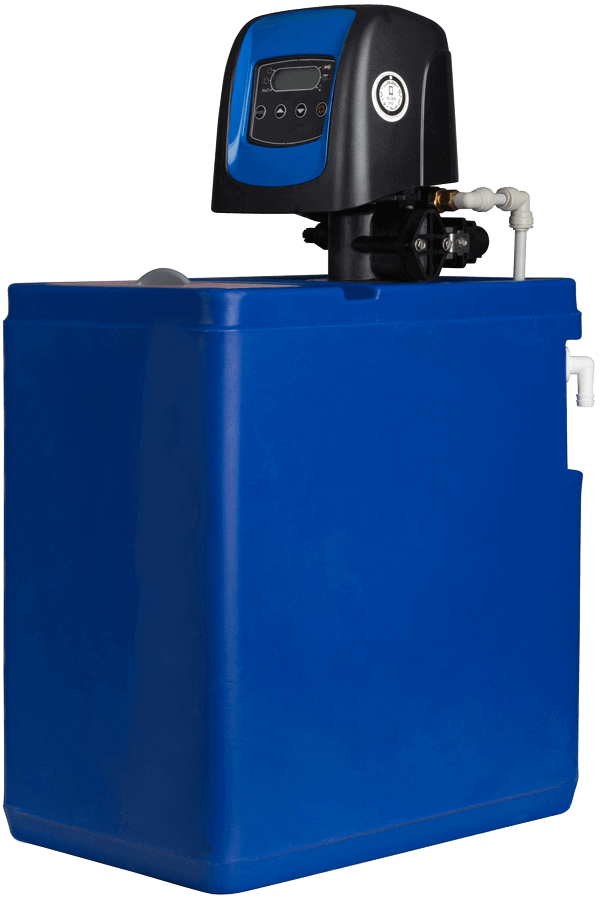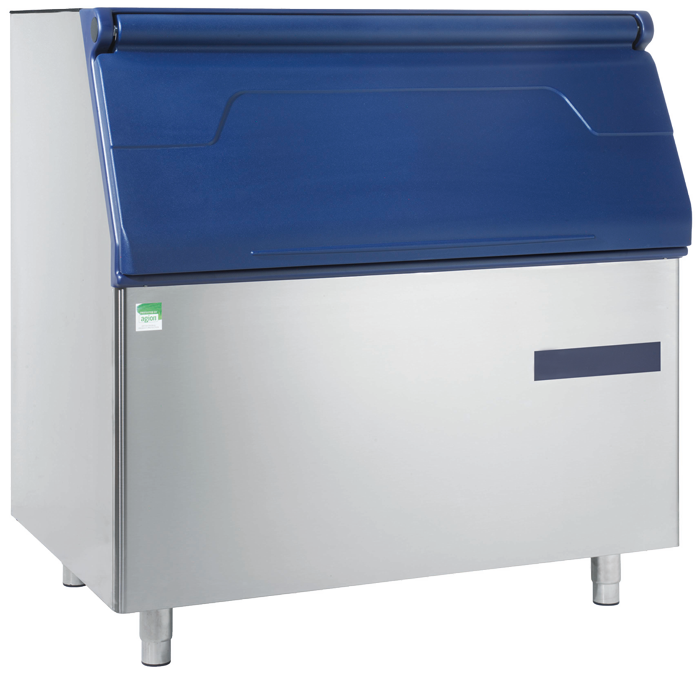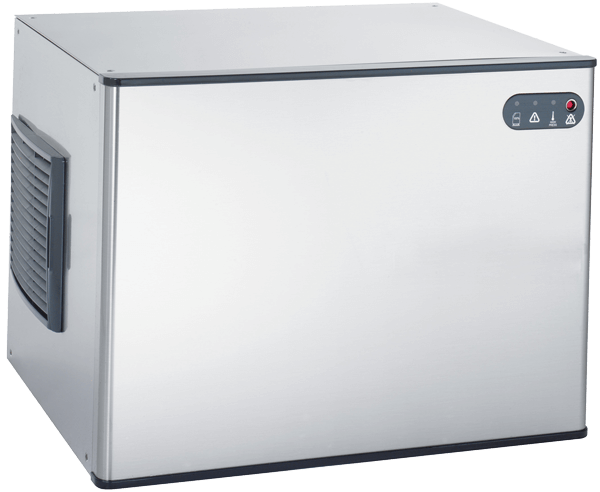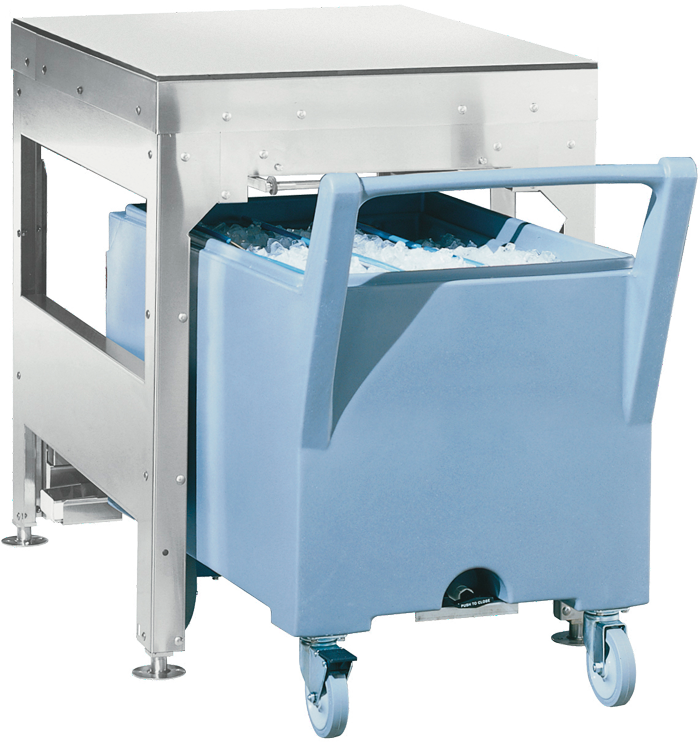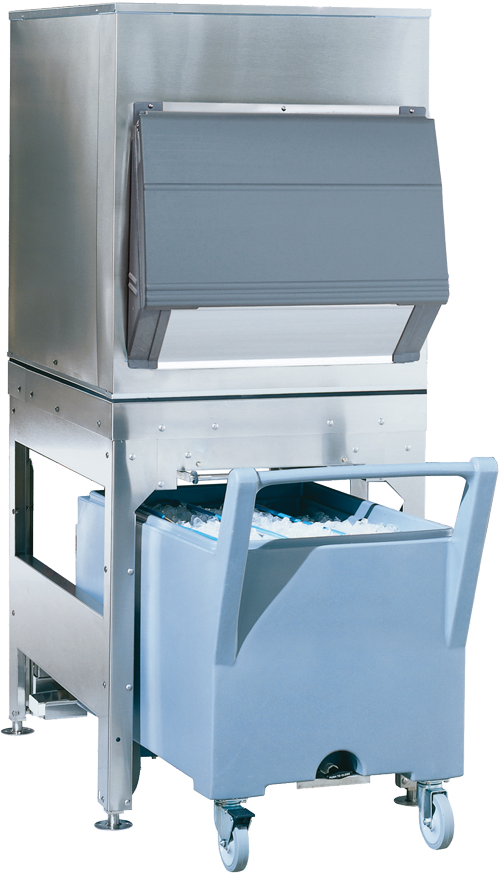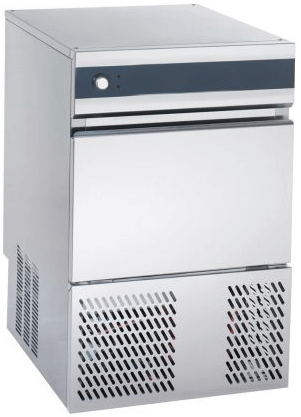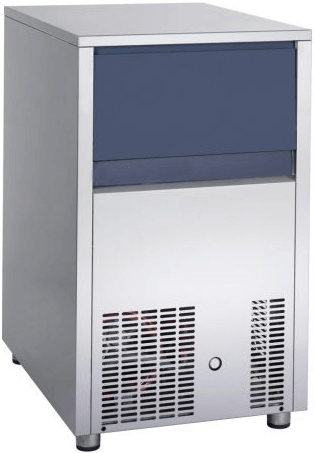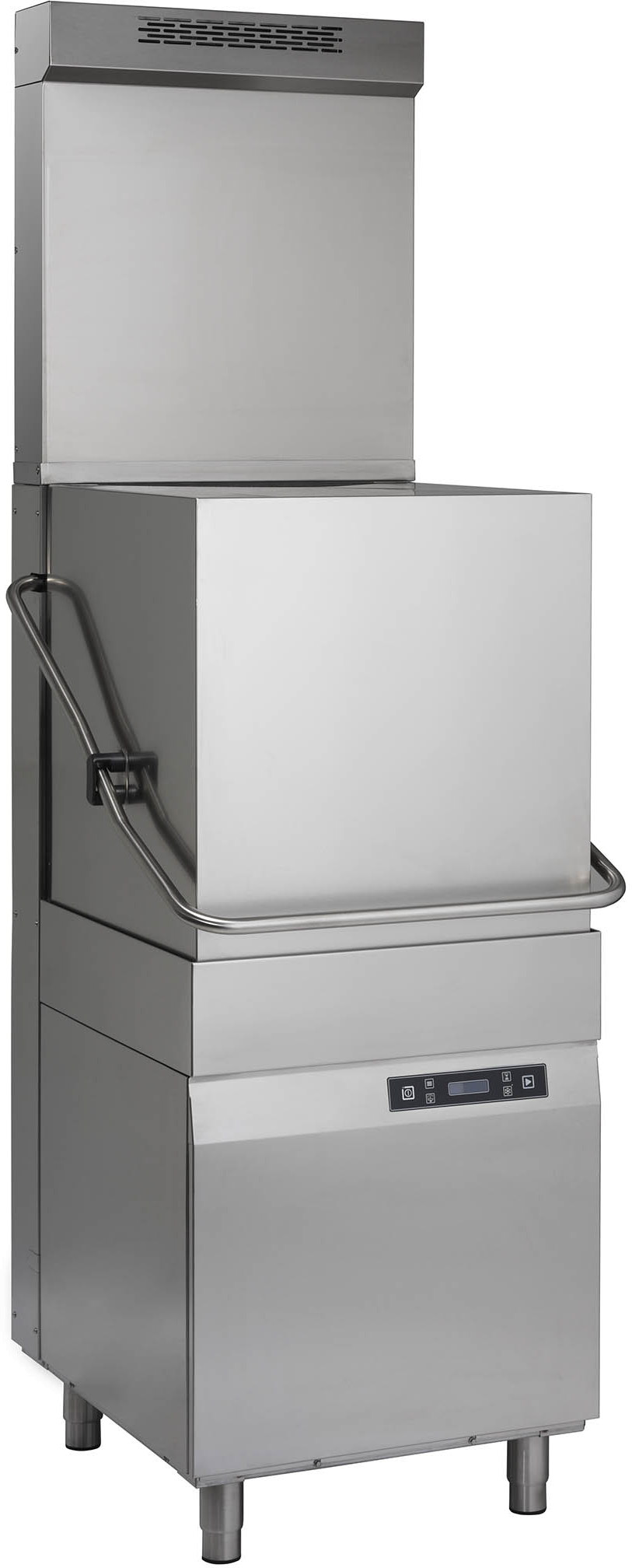Our guide to essential glass hygiene
We know all the new regulations and hygiene rules are confusing, so we have simplified it
Pubs and restaurants up and down the country are putting social distancing measures in place ready for the go-ahead that they can reopen. Wetherspoons are planning to open its 875 pubs across the UK and Ireland on July 4th, and other chains will not be far behind. With the British public wanting to make the most of the sunshine in the beer gardens, how can you be sure that you are ready to reopen?
It has never been more critical to adopt a thorough cleaning schedule and maintain hygiene standards in order to protect your staff and customers. An easy yet often overlooked aspect of bar hygiene is how you handle your glasses. If you don't look after your glasses when they come out of your glasswasher washing them is a wasted effort, as you can introduce more bacteria before presenting a drink to a customer. This is why we have put together the following easy guide to minimise your contact with glasses and upkeep your hygiene standards.



1. Prepare It
The first step of washing and storing your glasses is with loading your glass basket (and if you follow this guide, this will be the only time that your staff need to touch the glasses before they serve a drink). When loading your glass basket, it is essential that you check its condition to make sure it is up to standard, with no cracks (if plastic) or rust (if metal) as these can be breeding grounds for bacteria. It is also important to check the condition of your glasses as they are loaded into the basket to make sure they are not cracked, chipped or damaged as this can promote a bacteria build-up and if broken glass gets into your glasswasher, it can lead to costly repairs. Once all of your glasses are loaded, they are ready for the glasswasher.
2. Wash It
When washing your glasses, it's important to use a dedicated glasswasher and not a dishwasher as the two machines have different cycles, wash temperatures and chemicals that are engineered especially for their contents so a glasswasher will give you the best results. With Clenaware's Sovereign glasswasher range, you have access to a dedicated Renovate Cycle to further help in the removal of bacteria and restore your glassware.
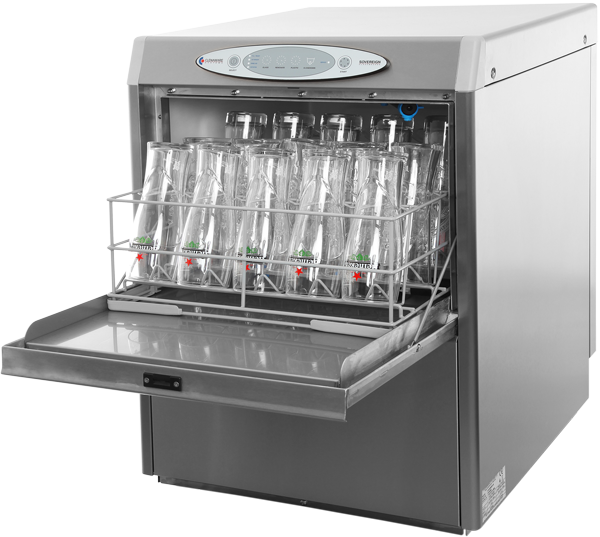

3. Dry It
Once your glasses have been washed they are ready to be dried, at this stage, most people will take the glasses out and dry them by hand with a cloth or towel; however, this now introduces bacteria to your newly washed glasses which can affect the pour of a pint while also risking the transfer of bacteria to your customers. Air drying is the correct and only practice that should be followed for drying your glasses. When air drying your glasses, it is advisable to use a vented shelf or shelf liner which will allow adequate airflow to your glasses. Unfortunately, if your glasses are left on a vented shelf, they can take up to 40 minutes to dry thoroughly. To dramatically reduce this time and increase glass turn around Clenaware have engineered the Airack Glass Dryer, this unique product will dry a basket of glasses up to 10 times faster! By taking a basket of glasses from your glasswasher and placing it straight onto the Airack to dry, you remove the need for staff to handle the glasses.
4. Store It
To further eliminate the need to handle glasses it is advisable to store them in the basket they were washed and dried in and then store that basket in a storage trolley that makes use of space and protects the glasses from damage. Mobile basket units can be a great addition to your bar as you can store the glasses and transport them where needed smoothly and efficiently while guaranteeing sufficient air circulation.
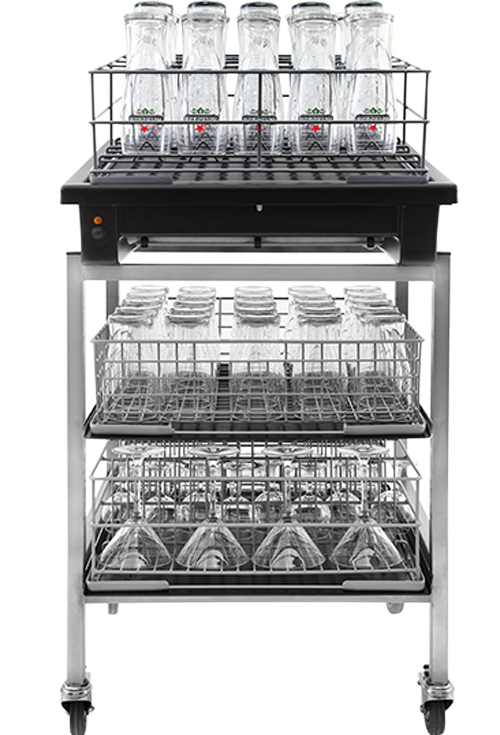

5. Serve It
Your glasses are now ready to be used, and you have not had to handle them through the whole cleaning process! This drastically reduces the risk of contamination. When selecting a glass for use it is advisable to always pick the glass up from the base, so you are not making contact with the rim.
